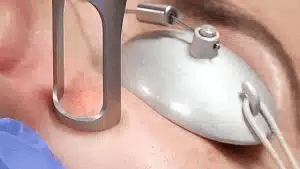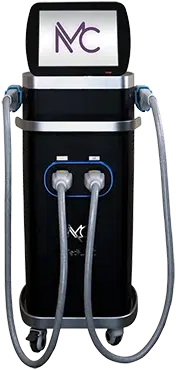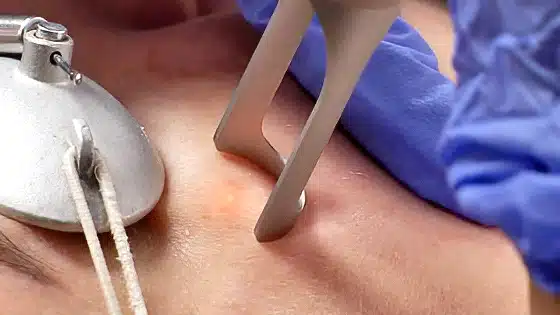



Yes, the Q-switched Nd:YAG laser is generally considered safe and effective for use on patients with dark skin tones. This laser’s longer wavelength of 1064 nm allows it to penetrate deeper into the skin while minimizing the risk of damage to the epidermis, making it suitable for various skin types, including darker skin tones.
However, it’s crucial to select appropriate settings and parameters for the laser treatment to minimize the risk of adverse effects such as post-inflammatory hyperpigmentation or hypopigmentation, which can be more common in individuals with darker skin.
Yes, the Q-switched Nd:YAG laser can be used to treat certain types of birthmarks. Birthmarks can vary widely in appearance and composition, so the suitability of this laser treatment depends on the type of birthmark and its characteristics.
For example, this laser is commonly used to treat pigmented birthmarks such as café-au-lait spots or nevus of Ota. The laser energy is absorbed by the excess melanin in the birthmark, leading to its fragmentation or destruction. Over time, the body’s natural processes remove the damaged pigment, resulting in a lightening or elimination of the birthmark.
However, not all types of birthmarks can be effectively treated with this laser. Vascular birthmarks, such as port-wine stains or hemangiomas, may require different types of laser treatments, such as pulsed dye lasers or vascular lasers, which target blood vessels rather than pigment.